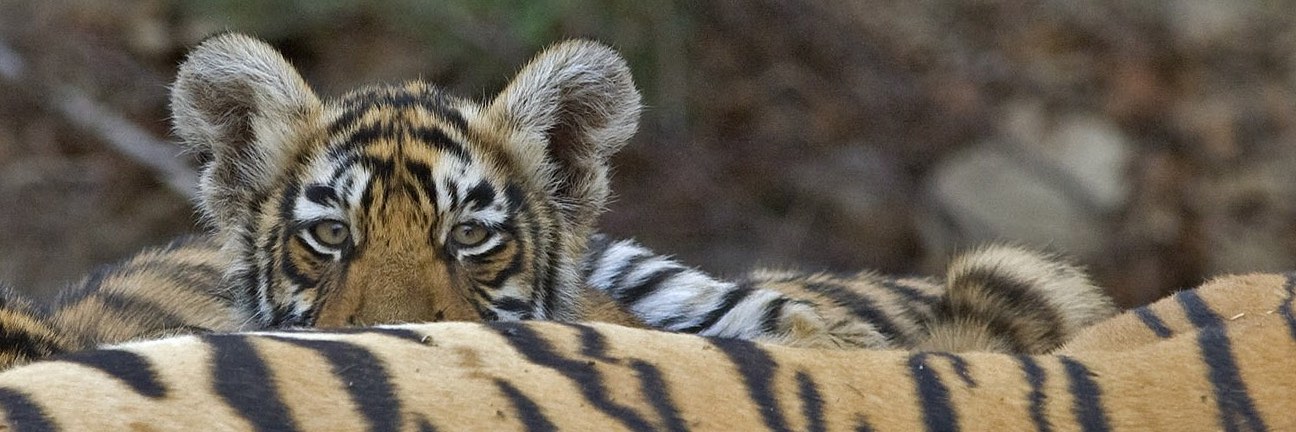A Tiger Mothers Journey Into Motherhood
I had been closely following the tigress for weeks, watching as her belly grew larger with each passing day.
I knew that tigers` bellies only become visible during the latter stages of pregnancy, and I could tell that this tigress was getting close to giving birth.
As her pregnancy progressed, the tigress found it increasingly difficult to hunt and provide for both herself and her unborn cubs. It was a challenging time for her, as she had to find food and a safe place to give birth, a process that can take anywhere from three to four months.Despite her struggles, the tigress had recently made a successful kill and was able to rest for a moment, flies crawling over her lips. I was relieved to see that she was well-fed and able to take a break, as she had been working hard to support herself and her cubs.
As her pregnancy advanced, the tigress became more cautious and alert, easily disturbed by any slight noises. She was constantly on the lookout for dangers that could threaten her and her cubs, as her pregnancy made it difficult for her to move as easily as usual.
I knew that it wouldn`t be long before I lost track of the tigress again, as she became increasingly protective of her space and harder to spot as she tried to stay hidden and safe. I made sure to keep my distance and used my telephoto lenses to observe her from afar, respecting her need for space during this sensitive time. It was clear that she was focused on preparing for the arrival of her cubs and needed some peace and quiet to do so.
It is common for tigers to return to the place where they were born to deliver their own cubs. This phenomenon is thought to be due to a combination of genetic memory and the fact that the place where a tiger was born is often a safe and familiar territory. By returning to the place where they were born to give birth, tigers are able to take advantage of established territories and resources and keep safe from other predators.


